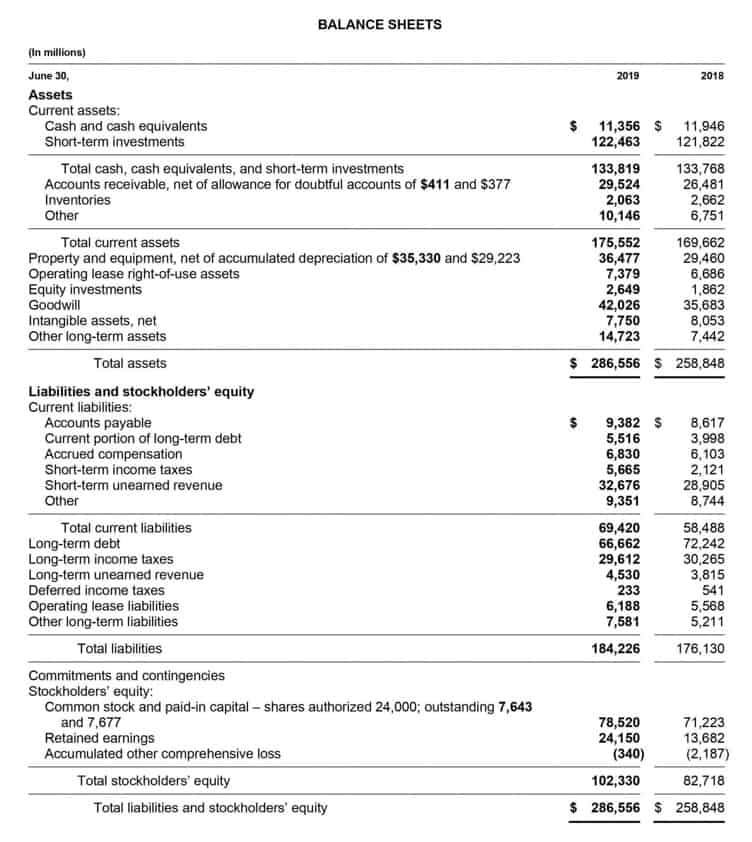
This enhanced financial stability can result in a more competitive and sustainable business model, ultimately benefiting both the partners and their clients. The combined shared expertise, additional knowledge, and increased financial resources can contribute to the overall success and growth of the accounting firm partnership. It requires careful consideration of the firm’s current challenges, long-term goals, and the specific needs of the clients it serves. Tailoring the organizational structure to these elements not only enhances operational efficiency but also positions the firm for sustainable growth and success in a competitive market. This strategic alignment is essential for firms aiming to thrive in the complex world of accounting and finance, providing a clear path to achieving peak performance and high client satisfaction.

Starting an Accounting Firm – Frequently Asked Questions About Incorporating a Professional Accounting Corporation
Ventnor Web Agency specializes in creating high-converting websites and digital marketing solutions exclusively for accounting & CPA firms. The best structure is one with clear departments and team leads so the owner isn’t stuck doing everything. Hiring experienced team members, like a COO, office manager, or department head, earlier than you think can give you breathing room. Strong communication creates a more collaborative environment and reduces mistakes in day to day operations.

Correct Use of Corporate Name for the Accountancy Firm
- A limited liability company (LLC) is a hybrid business structure that combines the best of both worlds, i.e., it possesses the characteristics of both partnerships and corporations.
- The accounting firm is divided into pods, small teams made up of a manager, staff accountants, and support staff, each handling a dedicated group of clients.
- The designation is similar to PLLCs in other states, however, is only open to California law firms and public accounting firms.
- Once your accounting firm is incorporated, it exists as a separate business entity.
- They help HRs identify trends, such as attrition, engagement, and productivity levels, and take corrective actions.
- He specializes in process efficiency, quality control, and client delivery across industries, including SaaS, real estate, and workforce management.
Organizing by business function is popular with large companies because it allows each department to organize based on its core operations, such as finance, marketing and product development. This organizational approach typically applies a top-down management hierarchy with workers organized by skill and function, such as accountants, customer service reps and engineers. Whichever structure you choose at the beginning, know that it will likely evolve throughout the maturity of your firm. For instance, a firm might accept the risk and start as unincorporated to avoid the incorporation fees, and then they might transition to an S corp. Over time, as additional owners move into the entity structure, the firm can add additional shareholders or reorganize as a partnership. When hiring, accounting firms are like many businesses; they’re looking for a combination of credentials, experience, and the ability to perform the necessary tasks.
Functional Department Model

Then come directors and managers who lead different departments, like audit or taxation. The executives under them include staff accountants who specialize in unique areas of accounting. Support functions like HR, marketing, sales, and IT may form parallel hierarchies. Some organizations, especially bookkeeping smaller ones, run on flatter hierarchies for greater agility and faster communications. According to the American Institute of Certified Public Accountants, as many as 78% of accounting professionals believe technology is important for fostering collaboration across firms.
- The Uniform Partnership Act only applies to general and limited liability partnerships (LLPs).
- Information regarding franchise tax requirements can be obtained from the California Franchise Tax Board’s website at
- The option of a Big-Four-backed career path is likely to be an appealing alternative for business-oriented attorneys, especially those interested in cross-disciplinary work.
- Moreover, each of the business structures has legal, financial reporting, and tax implications.
Do Partnerships Pay Taxes?
Whether your business is small, large, or medium, you need to clearly define the roles of each team member and create a structure that’s functional, flexible, and relevant to the needs of your business. Moreover, implementing best practices How to Run Payroll for Restaurants in the accounting department structure unlocks the full potential of your team. Also, remember to leverage modern technology that offers an all-in-one solution.
Ownership and Shareholder Requirements
Many CPAs “write down” certain services because they know their hourly rate for larger projects can quickly become untenable for a client. Not only does the client see this as a discount, but it also allows you to create a fixed-fee structure for your services and show the clients the savings and value they receive. Accounting and bookkeeping services — as well as other service lines, such as simple tax preparations — are almost universally charged as a fixed fee, and there is a market expectation for that pricing structure. So, the simple answer is yes — many accountants can and do work from a home office. Attracting new partners can also be challenging if the partnership needs partnership accounting to expand beyond the partners’ existing capacity.
Overview of Modern vs. Traditional Accounting Firm Structures
- These tools can provide actionable insights into client behaviors and preferences, enabling firms to tailor their services to meet specific needs.
- It’s not uncommon for a firm to have different types of voting for different matters.
- In other types of partnerships, profits may be shared in different percentages or some partners may have limited liability.
- This is because corporate profits are taxed, as are the dividends paid to owners or shareholders.
- Instead, taxes are passed through to the individual partners to file on their own tax returns, often via a Schedule K.
Here are the main types of partnerships affecting the basic law firm structure. Partners are not just senior lawyers but stakeholders who share in the profits, losses, and decision-making. Their role goes beyond legal expertise and encompasses business development, strategic planning, and client relationship management. As of February 2025, the Arizona Supreme Court has approved over one hundred ABSs. Many of the active ABSs provide unique services that combine the disciplines of various industries with that of legal practice, such as medicine, technology, engineering, and estate planning.
